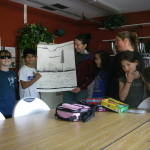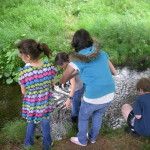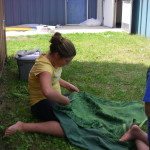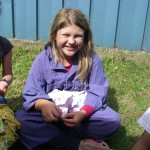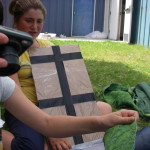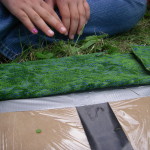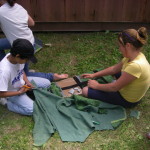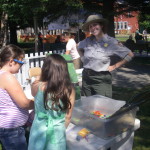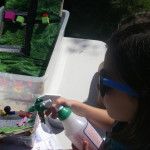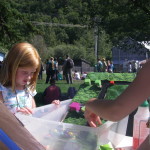In the summer of 2012, staff at TIWC finished a Stormwater Best Management Practices (BMP) Manual. Best Management Practices are general actions that can be taken to reduce the impact of urban pollution on local streams, rivers, and lakes. Many communities have their own BMP Manuals that are tailored to pollution-generating activities unique to their urban environment, though BMPs are a fairly standard set of practices across watersheds. Skagway, though a very small community, is not removed from urban issues such as stormwater pollution. This type of pollution occurs when rain and snowmelt travel over impermeable surfaces such as roads, sidewalks, and parking lots. BMPs increase infiltration of stormwater into permeable surfaces (soils, gardens, wetlands) and reduce pollutants on impermeable surfaces.
To see the stormwater lifecycle, click here: Stormwater Poster
The development of this manual was made possible through an Alaska Department of Environmental Conservation grant from their Alaska Clean Water Action (ACWA) grant program.
Please click on the link below to access (updated September 18, 2012):
Skagway Stormwater Best Management Practices Manual
For more information on BMPs, check out the National Menu of Stormwater Best Management Practices on the U.S. Environmental Protection Agency’s website:
http://cfpub.epa.gov/npdes/stormwater/menuofbmps/index.cfm
Other outreach associated with this project included a Watershed Day at the Skagway Recreation Center Summer Camp. The summer camp participants learned about the importance of riparian (stream side) plants for stream health and indicators of stream health. They built a simple watershed model that showed how streams with riparian plants have more protection from pollution that streams without riparian plants. The model was demonstrated at the National Park Service’s Junior Ranger Day.

